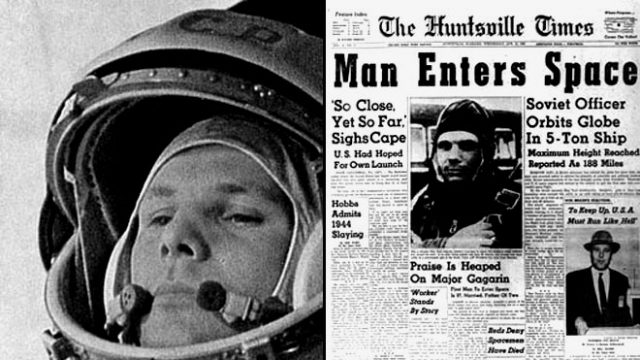All of us at some point have looked up to the skies and wondered what it would be like to be up there looking down at earth. The idea that anyone could go to space was pretty far-fetched, until now. However, travel is now increasingly a way of life, for those who can afford it, and people are constantly looking for unexplored places and unchartered territories. And what great unexplored place is there but space?
In the 55 years since Yuri Gagarin became the first human in space, 536 people have followed his footsteps. But thanks to the changing tastes of wealthy businessmen, many of who choose to invest in research and technology instead of art and literature these days, the prospects of space tourism have increased manifold. The surface of this new arena in the aerospace industry had hardly been scratched until now.

It all began with 2012’s Mars 1 Project. Launched by a Dutch tycoon, the non-profit organization is working towards a mission in which a batch of humans will be sent to Mars to inhabit it. According to the project plans, the ‘selected inhabitants’ will be trained over a period of eight years before the actual flight. A new batch of settlers will be sent every two years to join the ones already there. Those will never return will be known as the ‘pioneer settlers’.
People like airspace magnate Richard Branson also see this as a huge opportunity. Branson’s Virgin Galactic and other startups like Elon Musk’s Space X, Jeff Greason’s Xcor Aersopace and Jeff Bezoz’ Blue Origin have been fervently working together with scientists and engineers to make space tourism a reality (at least for those who can afford it).
From sub-orbital rocket flights that will enable you experience weightlessness, and get a great view of earth, to vacations in orbital resort hotels, quite a bit far above the madding crowd, it’s all happening.

Space X’S Dragon Spacecraft will deliver cargo to the International Space Station (ISS) under an agreement with NASA and while doing so make history as the first private spacecraft to reach the ISS. It recently conducted a successful parachute test for a capsule that will carry astronauts to and from the ISS.

Branson’s baby, Virgin Galactic, under the watchful eyes of genius designer Burt Rutan (he designed the record-breaking Voyager, the first aircraft to to fly around the world without re-fuelling) has been making progress with the Space Ship 2, the first prototype of a commercial passenger spaceship, since 2009. According to a report, the company has already received $80 million as advance fares from about 700 prospective customers. A number of test flights have already been conducted, one of which crashed in the Mohave Desert in 2014. Post the crash, Rutan and his Scalded Composites team have been working towards fixing the problems with the spaceship’s feathering mechanism which plays a crucial role while landing. The company recently also signed a deal with NASA to launch more than a dozen of the latter’s satellites from LauncherOne, Galactic’s mini satellite launcher.

XCOR Space, another prominent private spaceflight company, recently launched the XCOR Lynx, a spacecraft that carries one person apart from the pilot. The company promises to give its clients an action-packed experience by allowing them to sit next to the pilot. The cockpit canopy gives the tourist an almost-360° view, creating a more immersive exerience. The Lynx is built with lightweight materials, and powered by non-toxic fuels like kerosene and liquid oxygen. Their re-usable rocket engines will allow the spacecraft to make thousands of flights making it all the more environmentally friendly.

Yet another company called World View Enterprises, based in Tucson is offering balloon trips in a capsule that will take you up to 100,000ft up above the planet. The trips are scheduled to start this year and are priced at $75,000 for a seat.
2016 really seems to be Year Zero for the space tourism industry. If the initial cost seems prohibitively high, that’s because much capital is required for further research. Once it takes off, the possibilities are endless. Ultimately, it has the power to change our lives. But, although it’s all very well to go starry-eyed about our future, the key question still remains this—what about our own planet? Who’s going to fix it?




